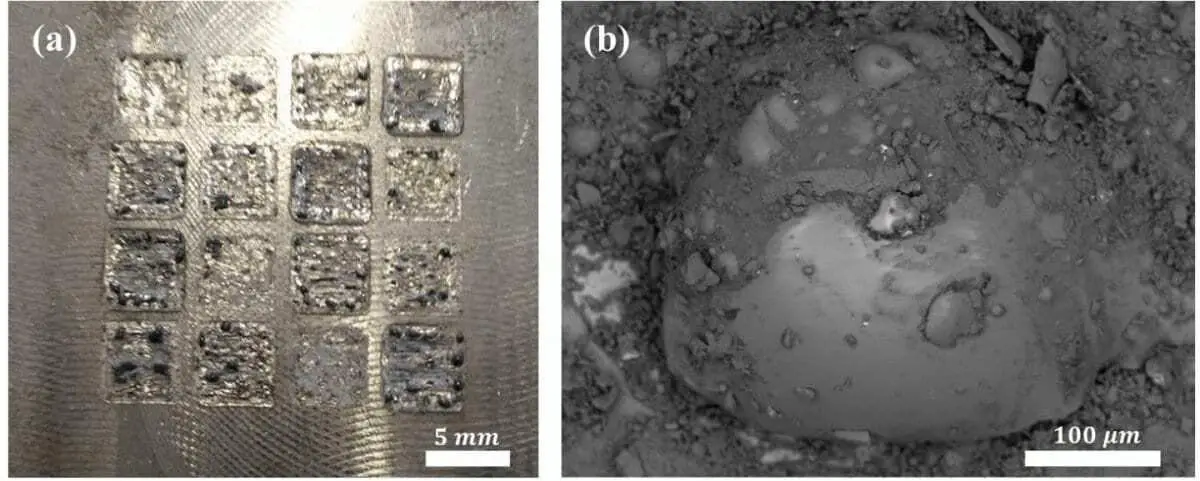One of the major challenges related to space exploration is the development of production technologies capable of exploiting the few resources available in extra-terrestrial environment.
Laser 3D printing of lunar dust may be the answer to such queries. Reduction of elevated supply chain costs and times connected to space exploration were amongst the main drivers which brought to the joint investigation on behalf of the Department of Mechanical Engineering and Department of Aerospace Science and Technology of the Politecnico di Milano to on the feasibility of 3D printing a lunar regolith simulant (NU-LHT-2M).
Additive manufacturing or 3D printing systems may allow the realisation of components when required, employing locally available resources and through a direct conversion from the digital CAD geometry to the final object.
3D printing can thus enable the manufacturing of lightweight structures, with improved performance (heat exchange, impact resistance, etc.) and greater reliability due to significant reductions in the number of components.
The research was coordinated by Professor Bianca Maria Colosimo, (Department of Mechanical Engineering), and was carried out with support of the Italian Space Agency (ASI) and European Space Agency (ESA). The project saw the collaboration of a team from the Department of Mechanical Engineering who worked on the development of the laser 3D printer led by Prof. Barbara Previtali with the support of Dr. Ali Gökhan Demir, Leonardo Caprio and Eligio Grossi (Department of Mechanical Engineering), who developed the prototype 3D laser beam printer.

Concurrently, a team from the Department of Aerospace Science and Technology composed by Prof. Michéle Lavagna, Prof. Giuseppe Sala and Lorenzo Abbondanti-Sitta contributed by providing the lunar dust simulant, cooperating during the various experimental campaigns and conducted materials characterization of the final products.
First author of the study “Determining the feasible conditions for processing lunar regolith simulant via laser powder bed fusion”, published in the peer-reviewed journal Additive Manufacturing, is Leonardo Caprio, PhD candidate in Advanced and Smart Manufacturing at the Politecnico di Milano. He stated that “a stable system architecture based on the use of an efficient laser source is fundamental in order to enable the technological transfer from a prototypal system to space applications”.
The research demonstrated that lunar powder or regolith could be 3D printed through the optimisation of processing conditions and laser parameters. Following the research’s positive results, it was possible to define guidelines for the design of a future 3D printing system for use in space.
The ASI-Politecnico Agreement Project Manager Danilo Rubini said: “The Italian Space Agency, which has training and research support as its cornerstone, sees partnerships with universities of national excellence as one of its priorities.” The partnership with the Politecnico di Milano is a perfect example of cooperation between institutions and universities which starting from basic research to generate technologies and applications which contribute to socio-economic growth.
If we consider the impact that space activities and satellite data can have on our daily lives we can see how Space is an always growing enabling element. Technological developments such as 3D printers and Additive Manufacturing when applied to space elements, such as the lunar regolith, can contribute to new lunar missions through In-Situ-Resource-Utilisation (ISRU) but may also help us to understand how to improve the management of terrestrial resources.”
Header Image – Public Domain







